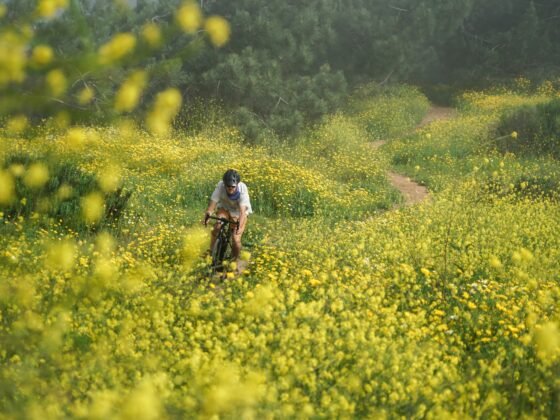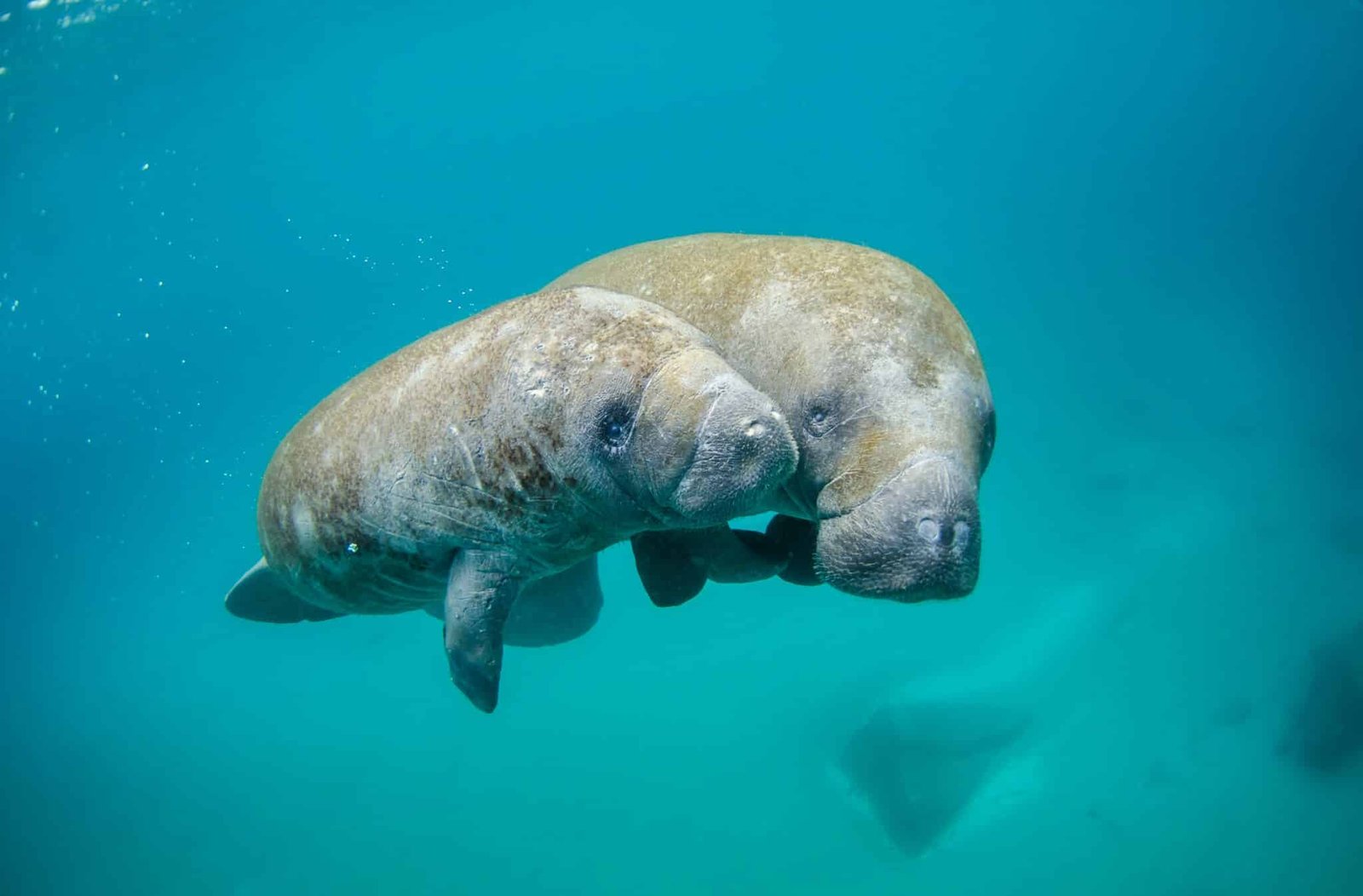Safe drinking water in the wilderness is crucial for your health. Untreated water poses significant risks, including waterborne diseases like giardiasis. The CDC reported outbreaks of giardiasis from consuming untreated water from rivers, streams, or springs. To avoid these risks, you must treat water before drinking it. Effective methods include boiling, filtration, chemical treatments, and reverse osmosis water purifier. Each method ensures that you can enjoy RV Travel, camping, drinking water healthily. Using a reverse osmosis water filter system or a portable cold brew coffee maker with filtered water can enhance your outdoor experience.
Understanding Water Contaminants
Biological Contaminants
Bacteria
Bacteria in natural water sources can cause severe illnesses. Common bacteria include Escherichia coli and Salmonella. These bacteria can lead to gastrointestinal diseases. Proper water treatment methods can eliminate bacterial threats.
Viruses
Viruses in water can pose significant health risks. Examples include Hepatitis A and Norovirus. These viruses can survive in water for extended periods. Boiling or using reverse osmosis water purifier can effectively neutralize viruses.
Protozoa
Protozoa such as Giardia and Cryptosporidium are common in untreated water. These organisms can cause severe diarrhea and dehydration. Filtration and chemical treatments can remove protozoa from drinking water.
Chemical Contaminants
Industrial Pollutants
Industrial pollutants can contaminate water sources near factories. Chemicals like heavy metals and solvents can seep into rivers and streams. These contaminants can cause long-term health issues. Using a high-quality water filter can help remove industrial pollutants.
Agricultural Runoff
Agricultural runoff often contains pesticides and fertilizers. These chemicals can contaminate nearby water sources. Consuming water with these contaminants can lead to various health problems. Chemical treatments and advanced filtration systems can mitigate these risks.
Physical Contaminants
Sediments
Sediments in water can include soil, sand, and organic matter. These particles can make water appear cloudy. Sediments can also harbor harmful microorganisms. Pre-filtering and sediment removal techniques can improve water clarity and safety.
Debris
Debris in water can consist of leaves, twigs, and other organic materials. This debris can affect the taste and safety of water. Removing debris through pre-filtration can enhance the effectiveness of subsequent water treatment methods.
Methods to Purify Water
Boiling
Boiling water remains one of the most reliable methods for purifying water in the wilderness.
Advantages
Boiling water effectively kills bacteria, viruses, and protozoa. This method does not require any special equipment. You can use a simple camp stove or fire. Boiling water also removes unpleasant tastes and odors.
Limitations
Boiling water requires a heat source and fuel. This method can be time-consuming, especially at high altitudes where water needs to boil longer. Boiling does not remove chemical contaminants or sediments.
Filtration
Filtration provides a practical way to remove physical and biological contaminants from water.
Types of Filters
- Reverse osmosis water filter: It mainly uses reverse osmosis membrane technology. Its working principle is to apply a certain pressure to water, so that water molecules and ionized mineral elements pass through the reverse osmosis membrane, while most inorganic salts (including heavy metals), organic matter, bacteria, viruses, etc. dissolved in the water cannot pass through the reverse osmosis membrane, so that the pure water that has permeated and the concentrated water that cannot permeate are strictly separated.
- Bottle Filters: Allows you to filter water directly into the bottle. This system is convenient for portable filtration.
How to Use Filters
Follow these steps to use a water filter effectively:
- Collect water from the cleanest available source.
- Attach the filter to your water container.
- Pump, squeeze, or press the water through the filter.
- Store filtered water in a clean container.
Chemical Treatments
Chemical treatments offer a portable and easy-to-use method for purifying water.
Chlorine Tablets
Chlorine tablets kill bacteria, viruses, and protozoa. These tablets are lightweight and easy to carry. Follow the instructions on the packaging for correct dosage and wait time. Chlorine may leave a slight taste in the water.
Iodine Solutions
Iodine solutions provide another chemical treatment option. Iodine effectively neutralizes harmful microorganisms. Use the recommended dosage and allow sufficient contact time. Iodine can impart a distinct taste to the water.
Choosing a Water Source
Identifying Safe Water Sources
Flowing Water vs. Stagnant Water
Flowing water often proves safer for drinking compared to stagnant water. Streams and rivers usually contain fewer contaminants because the constant movement helps disperse pollutants. Always prioritize collecting water from fast-moving sections of a stream or river. Avoid stagnant water sources like ponds and lakes, which can harbor higher concentrations of bacteria, algae, and other harmful microorganisms.
Avoiding Contaminated Areas
Always steer clear of water sources near industrial sites, agricultural fields, or heavily populated areas. Industrial pollutants and agricultural runoff can introduce harmful chemicals and pathogens into the water. Look for water sources upstream from potential contamination points. Ensure that the water appears clear and free from visible debris or unusual colors.
Pre-Treatment Considerations
Sediment Removal
Before treating your water, remove as much sediment as possible. Sediments can harbor microorganisms and reduce the effectiveness of purification methods. Use a bandana, coffee filter, or specialized pre-filter to strain out larger particles. This step improves the clarity of the water and enhances the efficiency of subsequent treatment methods.
Pre-Filtering
Pre-filtration is essential when using a reverse osmosis water purifier (such as the ITEHIL portable reverse osmosis water filtration system). If the water source quality is unstable or contains a lot of suspended matter and sediment, then using a pre-filter is highly recommended to ensure the system’s normal operation and water quality safety.
Practical Tips for RV Travel
Researching Water Sources
Before embarking on a RV Travel trip, research potential water sources along your route. Use maps and online resources to identify streams, rivers, and lakes. Verify the reliability of these sources through recent trip reports or local ranger stations. Understanding the location and quality of water sources helps you plan your hydration strategy effectively.
Packing Essential Gear
Pack essential gear to ensure safe drinking water while RV traveling. Include a reliable water filter, chemical treatment tablets, and a portable stove for boiling water. Carry a collapsible water container to collect and store water. A pre-filter or bandana can help remove sediments before purification. Always pack spare batteries if using a reverse osmosis water purifier.
Signs of Dehydration
Recognize the signs of dehydration to maintain your health during RV Travel trips. Common symptoms include dry mouth, dark urine, dizziness, and fatigue. Severe dehydration can lead to confusion and rapid heartbeat. Monitor your fluid intake and watch for these warning signs to prevent dehydration.
Hydration Strategies
Implement effective hydration strategies to stay hydrated while RV Traveling. Drink small amounts of water frequently rather than consuming large quantities at once. Refill your water supply whenever you encounter a reliable source. Use electrolyte tablets to replenish lost minerals. Plan your route to include regular water breaks, especially in hot or strenuous conditions.
Recap the key points to ensure safe drinking water while RV Travel. Understand the types of contaminants and use effective purification methods like boiling, filtration, chemical treatments, or UV light purifiers. Choose clean water sources and pre-filter when necessary. Stay informed and prepared by researching water sources and packing essential gear. Practice safe water habits to avoid waterborne illnesses. Remember, untreated water can contain harmful bacteria and parasites. Always prioritize your health by treating water before consumption. Enjoy your outdoor adventures with confidence and safety.
Images: Kevin Schimdt (Unsplash); Itehil












